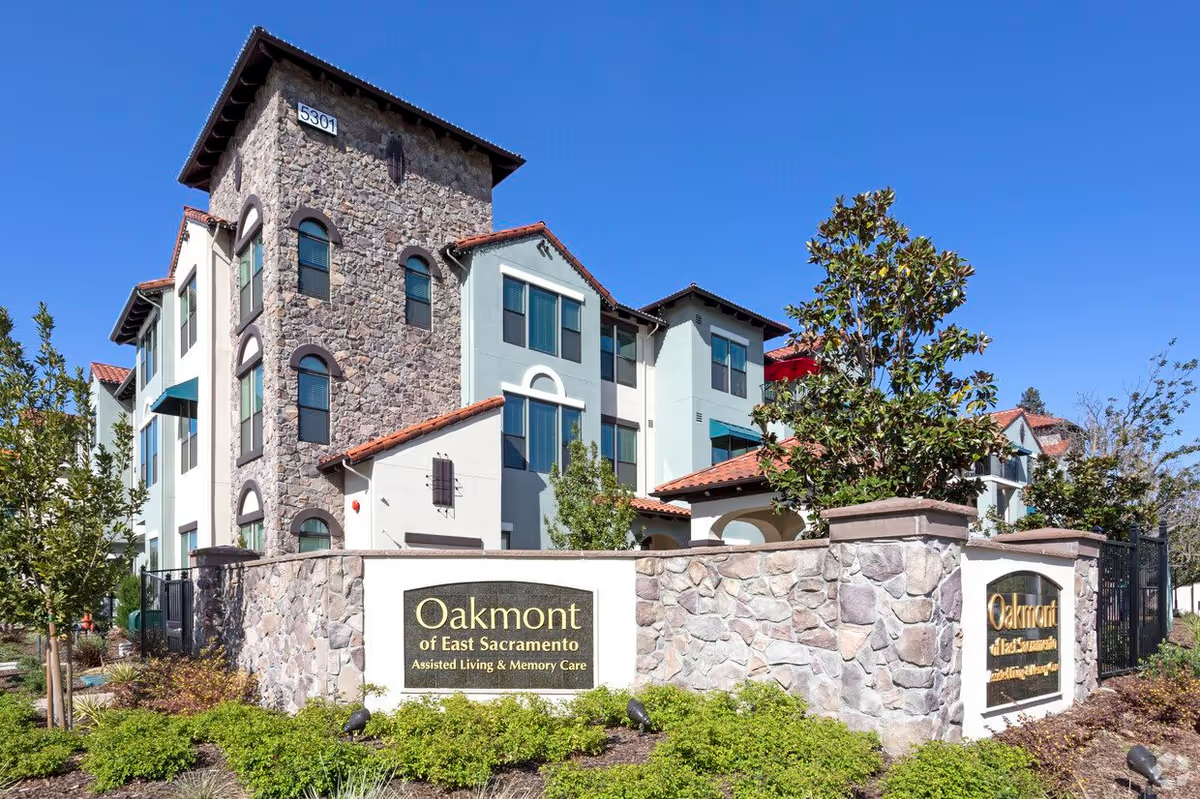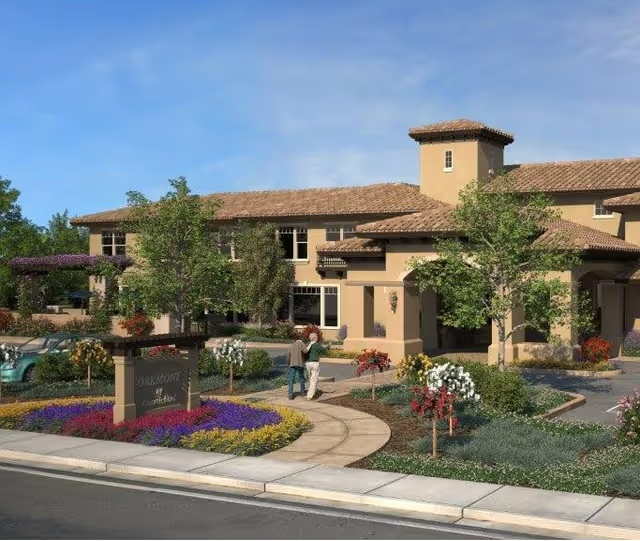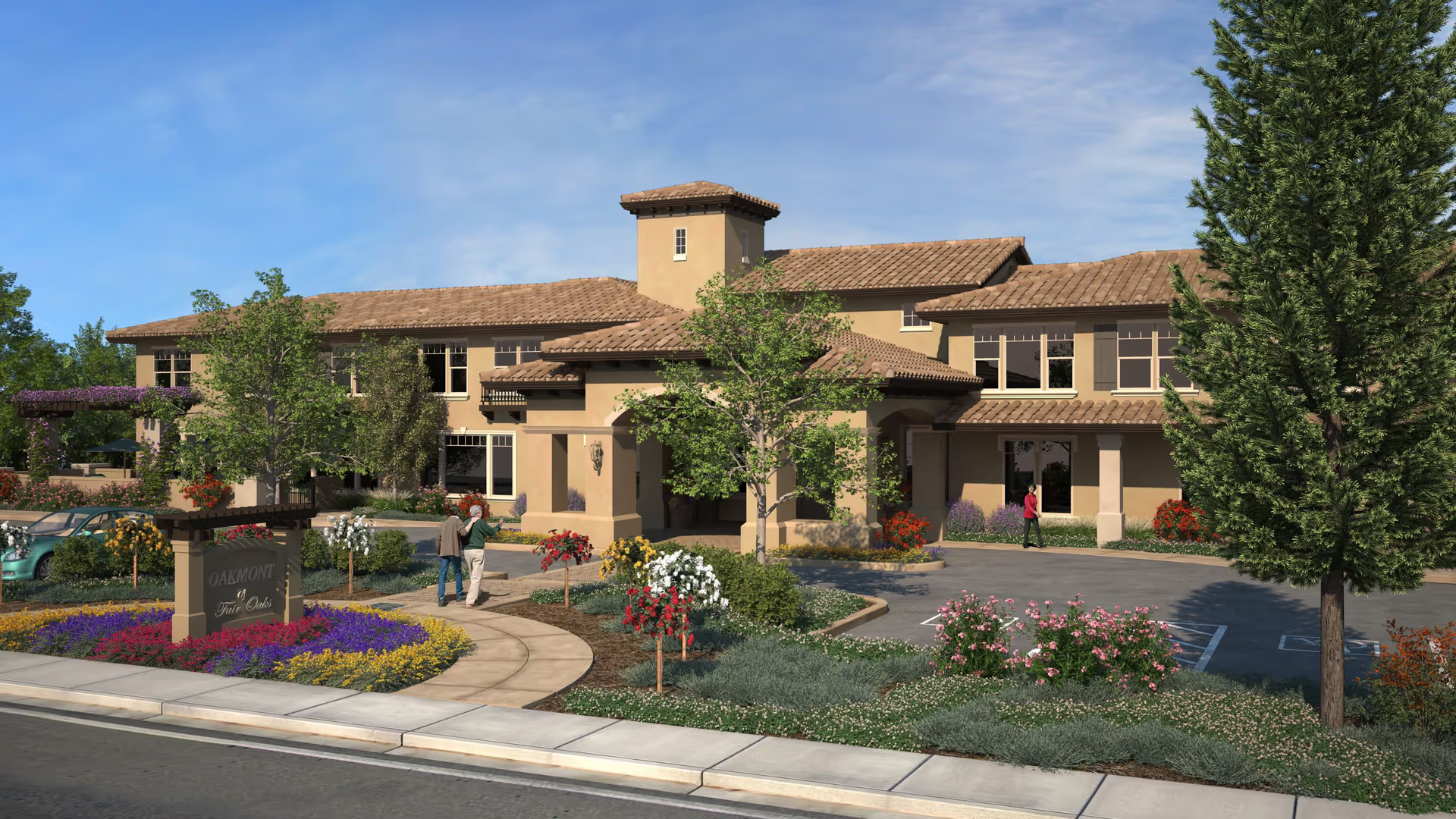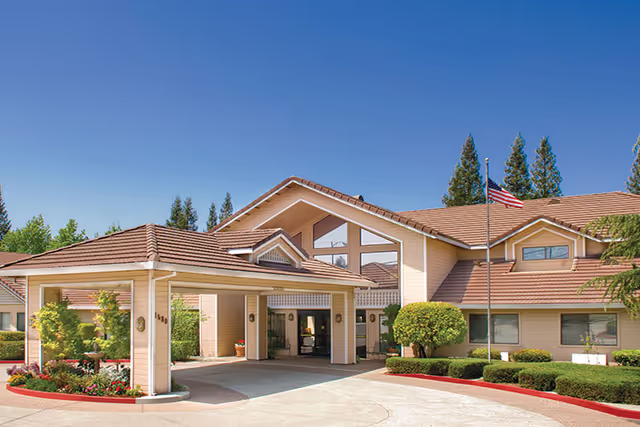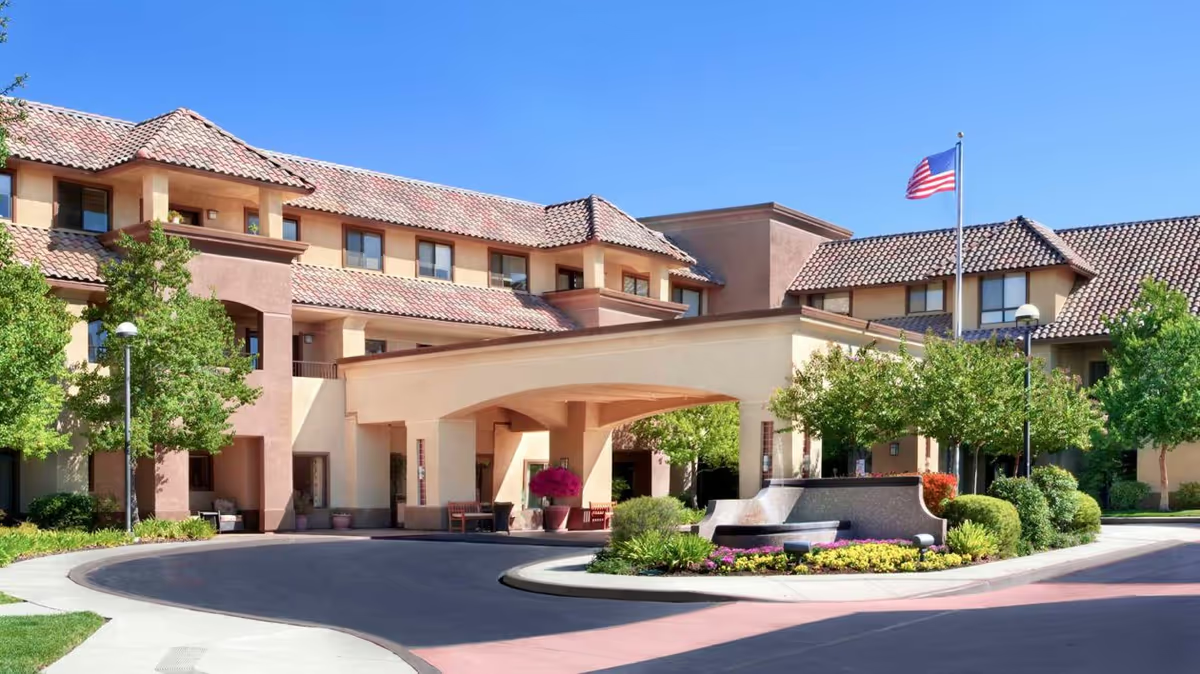Overall sentiment is mixed and polarized: multiple reviewers praise the people and some aspects of the campus, while an equal or greater number report important operational and care-quality problems. The facility receives consistent compliments for certain staff members and particular services, but also recurring complaints about staffing levels, therapy availability, dining, cleanliness, and safety/coordination of care.
Care quality and therapy: Reviewers describe a wide range of care experiences. Several comments call out poor physical therapy and note a lack of professional therapeutic coverage on weekends. One reviewer specifically recommends sending loved ones elsewhere because of inadequate therapy. At the same time, speech therapy is described as “great,” indicating unevenness between therapy disciplines. Multiple reports indicate minimal in-room nursing attention and erratic timing of care, which contributes to a perception of inconsistent clinical oversight.
Staff and responsiveness: Staff performance is highly inconsistent across reviews. Many reviewers praise individual employees and nursing staff — calling them exceptionally good, helpful, and responsive — and the nurse’s office is singled out for responsiveness. Conversely, other reviews report rude or unprofessional behavior and slow reaction times to patients. Understaffing is a frequent theme and is linked by reviewers to delayed responses, missed or inconsistent care, and the need for residents to remind each other about medications. This pattern suggests that staffing shortages may be a root cause of many operational problems.
Safety and care coordination: There are notable safety and coordination concerns. One review recounts a serious medical event (low blood pressure requiring 911 and a transfusion), and another describes an instance where an outsider had to alert the nurses’ station, undermining trust in the facility’s monitoring. Reviewers also point to inadequate discharge or independence planning — for example, use of a diaper without a documented plan for transitioning — which raises concerns about care planning and post-acute transitions.
Facilities and environment: Several reviewers appreciate the physical environment: rooms are described as spacious, clean, and homey, and the campus setting makes visiting convenient and familiar for friends and family. However, this positive picture is contradicted by reports of dirty rooms and bathrooms from other reviewers. This again illustrates inconsistent standards of cleanliness and maintenance across different units or times.
Dining and meals: Food is a clear pain point for multiple reviewers. Some found the initial menu (Filipino food) unappealing but noted the facility provided alternative menu options that improved the situation. Still, other reviewers called the meals inedible. Dining quality appears variable and may depend on individual preferences or inconsistencies in meal preparation.
Activities and community life: Activity programming receives positive mentions. Music programs, resident council meetings, and special events (trick-or-treating with candies supplied) are highlighted as strengths that enhance resident life and community engagement.
Management and recurring patterns: The dominant recurring themes are understaffing, inconsistency, and uneven quality. Positive interactions with specific staff and successful programs coexist with operational shortfalls that affect safety, therapy access, dining satisfaction, and cleanliness. Where staff are praised, reviewers emphasize helpfulness and good nursing care; where problems are noted, they tend to be systemic (staffing levels, weekend therapy gaps, coordination failures).
Implications for families and recommendations: Prospective residents and family members should weigh the facility’s strengths in staff compassion, speech therapy, activities, and a pleasant campus against the repeated reports of understaffing, inconsistent therapy (especially physical therapy), food complaints, and sporadic cleanliness. It would be prudent to ask the facility about staffing ratios, weekend therapy availability, specific care plans (especially for mobility and continence), medication management procedures, emergency response protocols, and recent inspection or sanitation records. When possible, visit during different shifts (including weekends) to observe staff responsiveness, mealtime quality, and overall cleanliness.
In summary, Meadowood A Health And Rehabilitation Center appears to offer strong, caring individuals and some valuable programs, but persistent operational weaknesses — especially understaffing, therapy gaps, inconsistent responsiveness, and variable dining/cleanliness — create meaningful risks and dissatisfaction for several reviewers. Experiences seem highly variable depending on unit, shift, or staff on duty, so direct inquiry and observation are advised before making placement decisions.
